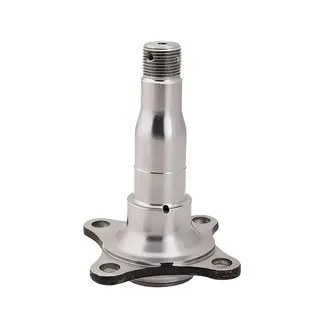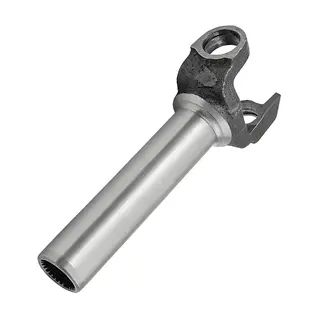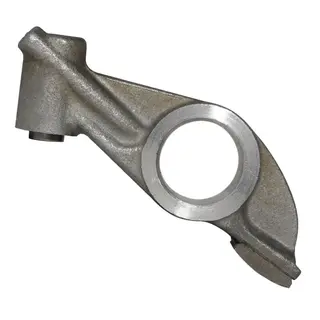Forging is a vital manufacturing process in the agricultural machinery sector, producing components that combine strength, durability, and reliability. Unlike casting, which involves pouring molten metal into molds, forging works solid metal through compressive forces applied by hammers or dies. Heating the material beforehand makes it pliable, while the forging process aligns the internal grain structure, significantly improving its strength and toughness. These qualities make forging essential for heavy-duty agricultural parts such as gears, crankshafts, blades, axles, and other critical components.
Modern agriculture relies on machinery such as tractors, harvesters, seed drills, rotavators, and threshers, which must perform under harsh conditions, ranging from rocky soils and flooded fields to extreme temperatures and long working hours. Forged components are indispensable in these machines because they provide:
Superior Strength: Forged parts can withstand repeated stress without cracking or deforming, making them ideal for high-load applications like tractor axles and ploughshares.
Enhanced Durability: Resistance to wear and fatigue ensures longer life, reducing the frequency of part replacements and lowering maintenance costs.
Consistent Reliability: Forged blades, tines, and shanks maintain sharpness, resist bending, and deliver stable soil penetration, even in demanding environments.
The forging process offers distinct benefits compared to casting or machining:
Improved Grain Flow: Aligns the grain structure with the part's shape, enhancing tensile strength and fatigue resistance.
Fatigue Resistance: Withstands multiple stress cycles, ensuring dependable performance under heavy agricultural workloads.
Cost Efficiency Over Time: While forged parts may carry a slightly higher initial cost, their longer lifespan results in overall savings, particularly important for price-sensitive farmers.
New techniques, such as impression-die and closed-die forging, enable the production of complex shapes and precise geometries. Manufacturers can now develop customized parts tailored to specific brands, models, and regional requirements. For example, the design of tillage equipment for the wheat belt in Punjab differs significantly from that needed in the paddy fields of Tamil Nadu. Forging technology allows rapid adaptation to these diverse needs while ensuring consistent quality.
Forged components are used extensively across farming equipment to ensure performance and safety:
Engines: Connecting rods, crankshafts, and gears for efficiency and reliability.
Chassis & Steering: Steering knuckles, axles, and linkage components for maximum strength and safety.
Soil Engagement Tools: Forged blades, tines, knives, shanks, and rotors for longer life, sharper edges, and resistance to soil impact and vibration.



